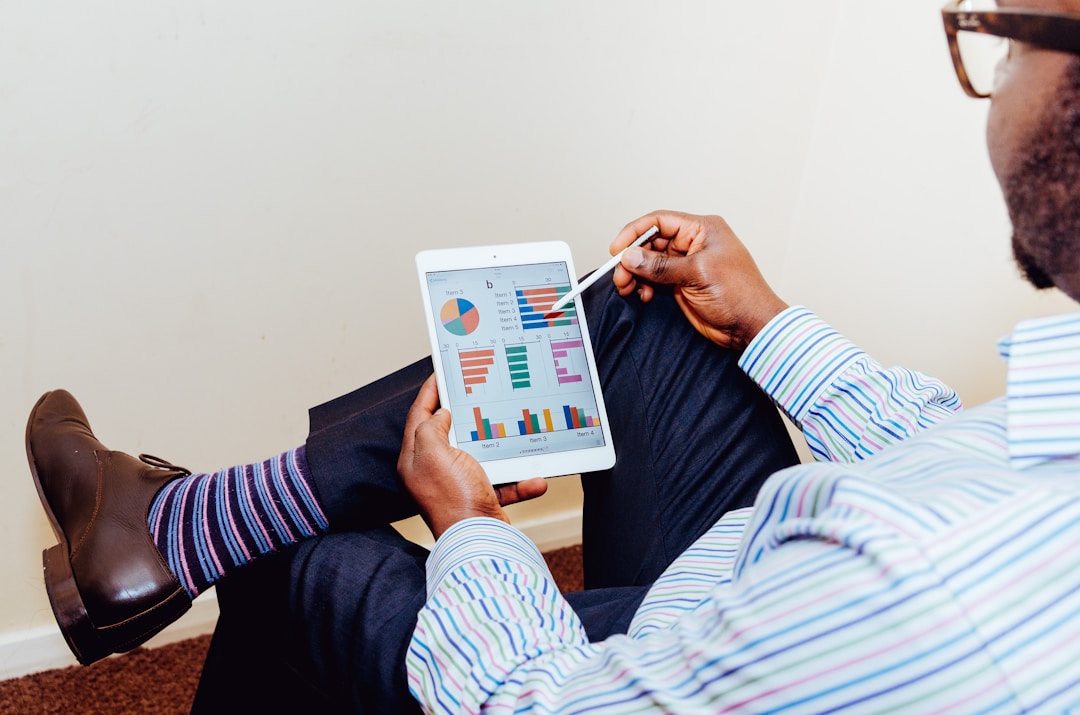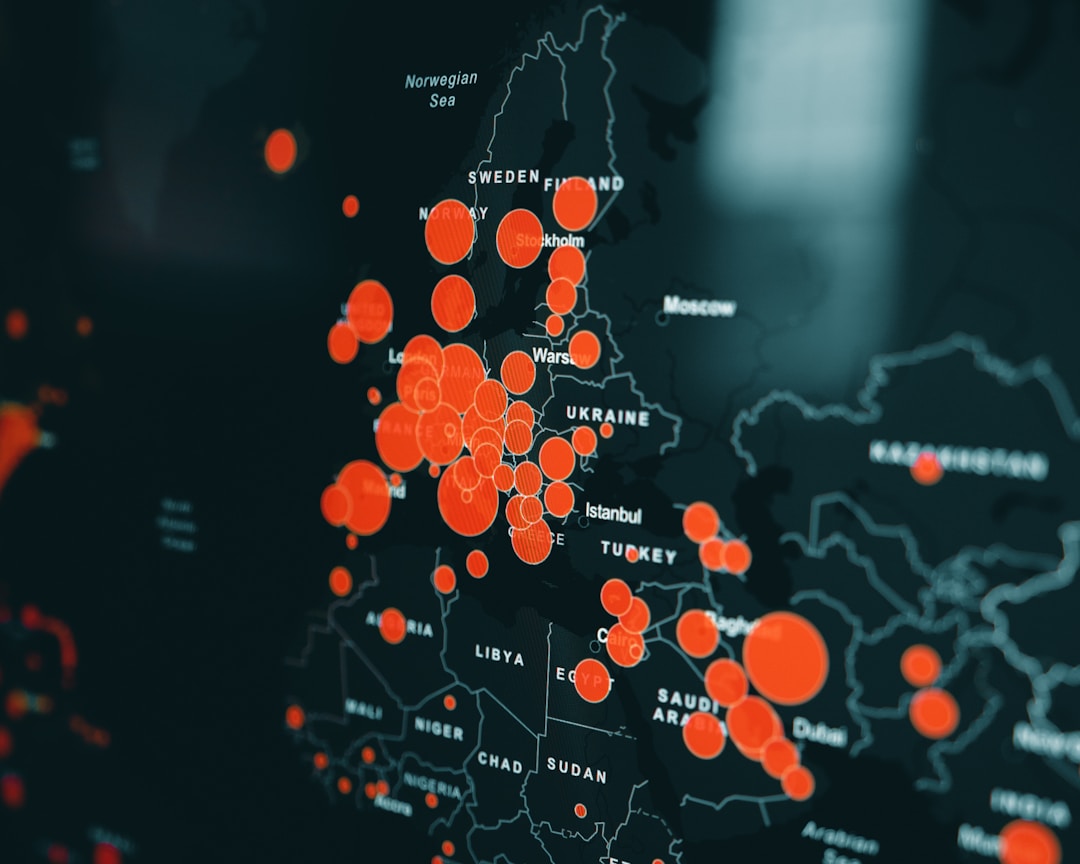COVID-19 has brought the 4th Industrial Revolution to the forefront of society without most people even knowing it. From North America to Australia to Asia, people around the globe have leaned heavily on technological advancements to get through the pandemic. Many people didn’t know that your health coverage has been integrating with newer technologies for quite some time. Let’s take a look at how your health plan fits into the fourth industrial revolution.
Insurance

People have been seeking ways to reinforce their investments for centuries. People have mitigated losses by taking action against potential hazards since society began. Technology has just expedited that process. Now, you can search for health care insurance online at your convenience. With a few clicks of a button, you can compare different health insurers, peruse through a health plan, or even look up the difference between Medicare and Medicaid. Digital technology has made the search for medical and health insurance industry professionals easier than ever.
The consumer often feels such changes. This is the software you can use in real-time on your mobile device. Many people don’t realize how the fourth industrial revolution impacts their health insurance plan that they can’t see daily. To do that, you need to see how Industry has changed over the years.
Industry and Insurance
Some of the first actual insurance contracts were developed in Italy during the 14th century. Like much of the trade during the day, they focused on the marine industry. The Great Fire of London truly propelled the insurance marketplace. The first actuarial tables were being developed in France around the same time. Society began to see a high level of importance in protecting valuables. By the mid 20th century, insurance had become a mainstay in houses across the United States and elsewhere. Automation and IT systems brought a new level of ingenuity to the field.
In 2021, we are currently living through industry 4.0. This is made up of a connection between hardware, software, and biological components (you). The real difference between the 3rd revolution and the 4th is artificial intelligence and robots. Real-time data collection influences and determines products to be produced, manufactured, shipped, etc.
Insurance within the Fourth Industrial Revolution

Data determine every insurance plan. They’re made of statistics to reinforce why coverages cost a certain amount, premiums are set in a certain place, and length of time for coverage. This can be extended to encapsulate term life insurance periods, age limitations for coverage, and other variables. Your access to coverage is based on your personal information and how it fits into the data the insurance company has collected over the years.
Health care and other insurance plans will change with the inclusion of IR4. For the first time, you can determine policies with real-time data to evaluate current statistical conditions. From the number of people seeking a certain policy on social media to the number of driver-related accidents taking place, the fourth industrial revolution will be able to calculate this information and produce results to insurers almost instantaneously. COVID-19 vaccines, for instance, were monitored using technology from the fourth industrial revolution. Insurance companies could have updated their policies to reflect information gathered from this information.
The next generation of industry professionals will witness new members having the most up-to-date information on policy information ever. Not only that, but insurers will be able to inform their clientele via social media and other outlets about their products with up-to-the-second accuracy. There is a possibility that policy valuation will constantly be in flux due to the vast amount of data collected and analyzed with the insurance sector. Only time will tell how the internet of things truly impacts insurance moving forward.

